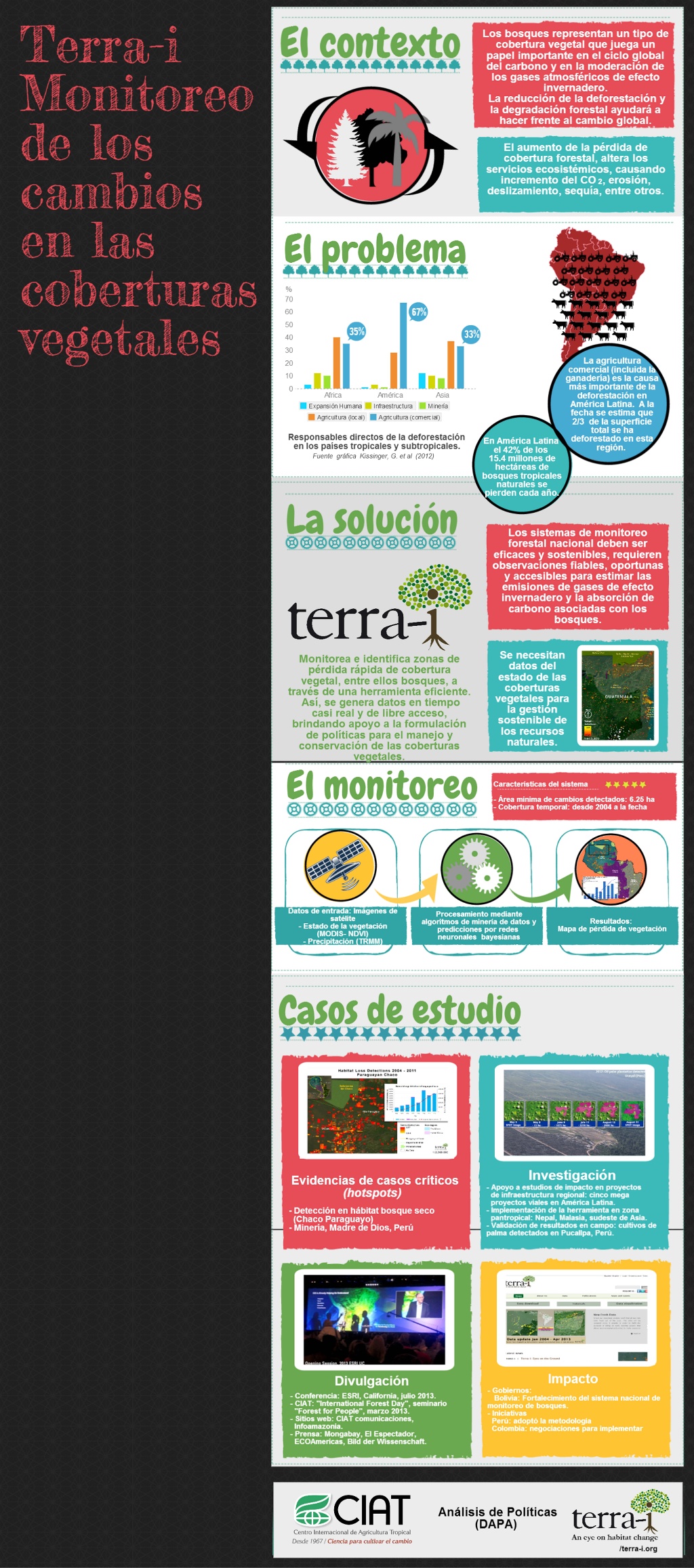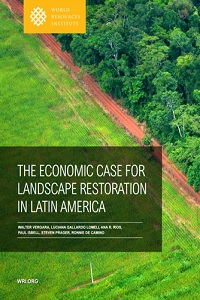Utilización de la tierra
AGROVOC URI:
Spatial correlates of land-use changes in the Maasai-Steppe of Tanzania: Implications for conservation and environmental planning
Spatially explicit models are becoming increasingly important tools for simulating land-use change. In this study, we formulated and tested models that incorporated spatial correlates of agricultural expansion and used them to predict local- and landscape-scale patterns of agricultural land-use change and its implications in the Maasai-Steppe of Northern Tanzania. We evaluated the relationship between agricultural land-use and its spatial correlates using Multiple Logistic Regression on data derived from satellite imageries for the year 2000.
Socio-economic and agro-development trends and drivers for Asia
Socio-economic and agrodevelopment trends and drivers for Asia
Soil physical characteristics under different land use systems and duration on the Colombian savannas = Caractéristiques physiques de sols des savanes de Colombie en fonction de leur mode de mise en valeur et de leur ancienneté
The CIAT photo challenge
Test your geography with the CIAT Photo Challenge - do you know where the picture was taken?
The Economic Case for Landscape Restoration in Latin America
Degraded lands—lands that have lost some degree of their natural productivity through human activity—account for over 20 percent of forest and agricultural lands in Latin America and the Caribbean. Some 300 million hectares of the region’s forests are considered degraded, and about 350 million hectares are now classified as deforested. The agriculture and forestry sectors are growing and exerting great pressure on natural areas. With the region expected to play an increasingly important role in global food security, this pressure will continue to ratchet up.
The evolution of swidden fallow secondary forests in Asia
Swidden agriculture in tropical Asia is a diverse practice, making it difficult to draw general conclusions on trends of the development of swidden fallow secondary forests (SFSF). There is, however, sufficient evidence to recognise trends of a gradual intensification often through the incorporation of extensive tree crop production in SFSF, or a direct conversion to intensive tree cash cropping. Factors contributing to the changes include emerging markets for cash crops or timber and pulp wood production, government policies and development projects, fire, and population pressures.
The Hesitant boom: Indonesia's oil palm sub-sector in an era of economic crisis and political change
Planted oil palm areas increased 20-fold and crude palm oil (CPO) production had a 12% average annual increase from 1967-1997. This conferred important economic benefits but threatened Indonesia's natural forest cover. Large-scale plantations displaced local communities and social conflict resulted. Early in the economic crisis, it was expected the boom would continue, and be propelled by currency depreciation and lifting of foreign investment constraints. However, there was a slowdown in area expansion and CPO production.








